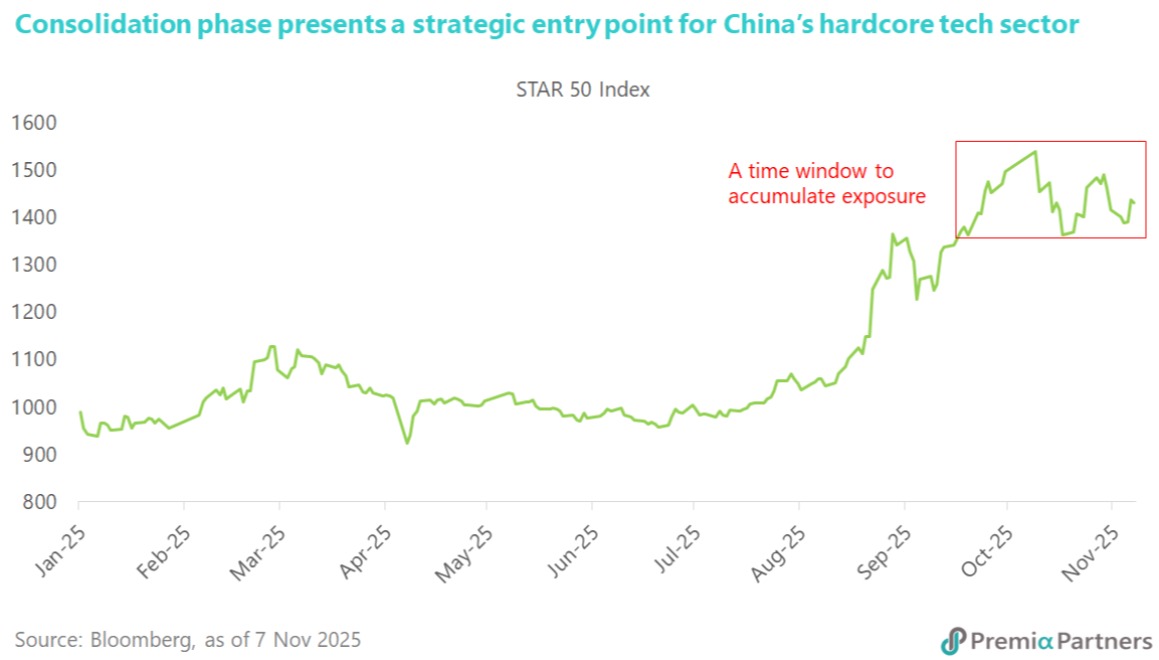
featured insights & webinar
Nasdaq has made new highs and investors are understandably excited. Similarly, here in Asia we have seen innovative technology companies outperform YTD but with much less fanfare. David Lai explores the major megatrends in Asia and why you need to invest in tech leaders across this region.
May 03, 2019
Looking past stellar Q1 returns, we discuss positioning going forward and the need to navigate the conflicting signals offered by equity and bond markets today
Apr 10, 2019
With the CSI300 up ~25% YTD, many clients are worried that the market has fully priced in the MSCI inclusion. We review 5 flawed assumptions and explain why the rally is just the start of a long-term trend.
Mar 26, 2019
As China markets reacted to expansionary policy news, familiar criticism of China’s debt and leverage concerns has begun to emerge from global investors. Separating myths from reality, our advisor Say Boon Lim shares his thoughts on the 5 biggest myths about China’s economy.
Mar 13, 2019
So far in 2019, markets have moved positively and our worst fears from Q4 remain unfounded. However, investors should not be complacent and interpret this period of good news as predictive of the rest of 2019. Markets are likely to again fear the future. In this week’s post, our advisor Say Boon Lim shares his thoughts about the current period of benign market activity.
Feb 18, 2019
As we pass the 6-month anniversary of our latest ETFs, we review their performance since launch, the underlying story behind the exposures and the potential for returns going forward.
Feb 13, 2019
We enter this year at a crossroads for markets, with multiple cycles coming to an end. In his first insight as our senior advisor, Say Boon Lim offers his thoughts on asset allocation amid diverging economic, market and currency cycles. Following his thoughts as a guide, we introduce a number of ETF implementation ideas for 2019 across equities, fixed income, commodities and even currencies.
Jan 25, 2019
Emerging markets seem to be one of the top picks among both sell-side strategies and well-known investors in 2019. We would like to examine if their views are valid and understand better about the reasons behind. To make it into an actionable advice, we also share our thought why emerging ASEAN maybe the crème de la crème and update our readers on the performance of Premia Dow Jones Emerging ASEAN Titans 100 ETF.
Jan 14, 2019
As we wrap up 2018, it’s hard not to reflect on a -25% year in A-shares. As investors, however, we have to look forward and ask ourselves – what’s in store for 2019? Will the trade war result in continued downward momentum? Or will policy accommodation and an improved trade environment result in a massive upside reversal? Looking back 10 years to the global financial crisis, we examine a potential path forward for A-shares in 2019.
Dec 17, 2018
Below is a quick summary of what you need to know regarding this weekend’s G20 Xi-Trump meeting and our thoughts on impact for Asian and Chinese equities.
Dec 03, 2018
BY TOPICS
Chart Of the Week


David Lai , CFA
CFA
Following the Xi–Trump meeting at the recent APEC Summit, market sentiment has turned cautiously optimistic on hopes of a renewed trade truce between China and the US. Some investors, however, view this détente as a sign that China’s drive for technological self-sufficiency could ease. Although the meeting did not address whether Nvidia’s latest Blackwell-series AI chips might be exported to China, speculation has risen that improving relations could lead to a relaxation of export restrictions — a development some perceive as negative for Chinese semiconductor and hardcore tech names. We take a different view. China’s determination to reduce reliance on imported technology remains firm. Recent initiatives, such as the reported requirement for state-funded data centers to adopt domestically produced chips, underscore the government’s resolve to build a self-sustaining semiconductor ecosystem. In mid-October, China Mobile also announced plans to construct the nation’s largest intelligent computing infrastructure by 2028, featuring a “100,000-GPU cluster” that will fully utilize domestic chips. Top Chinese officials have reiterated that innovation and advanced manufacturing remain core national priorities. These developments suggest that even if US export curbs were relaxed, China’s policy direction will continue to favor domestic research, production, and technological substitution. For investors looking to capture this structural growth opportunity, the Premia China STAR50 ETF provides an efficient and diversified vehicle. It offers focused exposure to leading STAR Market companies at the forefront of China’s innovation agenda — from semiconductors and AI to next-generation industrial technologies — positioning investors to benefit from the country’s ongoing technology upgrade.
Nov 10, 2025




